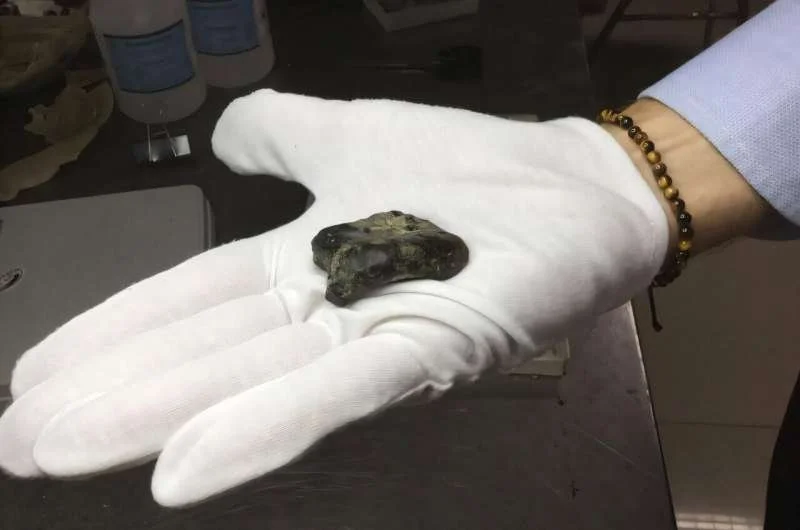BY THE ARCHAEOLOGIST EDITOR GROUP
The City that Time Forgot: Pompeii and the Eruption of AD 79
Before the catastrophic eruption of Mount Vesuvius in AD 79, the ancient Roman city of Pompeii was one of the most prosperous and thriving cities of its time. The eruption preserved the city for centuries, and excavations in the 18th century revealed its well-preserved buildings, frescoes, and artifacts, giving a rare glimpse into ancient Roman life.
The Roman city of Pompeii was in Campania, Italy, close to present-day Naples. The city's population was somewhere in the vicinity of 20,000. The city's luxurious villas and mansions complemented the city's public structures, which included a theater, an amphitheater, and a forum.
When Mount Vesuvius erupted in AD 79, it buried the city in a thick layer of ash and pumice, which miraculously preserved the city and its inhabitants. The ash and pumice crusted over to form a barrier that kept the city's structures and artifacts safe from further damage.
Excavations began in the 18th century, revealing many of the city's buildings, frescoes, and artifacts thanks to their excellent preservation. The city's artistic and cultural treasures were unearthed during the excavations. The city's mosaics and frescoes, which have been preserved remarkably well, offered a glimpse into the lives of its residents. The city's public buildings, including the theater, amphitheater, and forum, were uncovered during the excavations as well.
The homes and villas of Pompeii also revealed fascinating information about the inhabitants' daily lives. Many of the homes sported mosaics and frescoes that betrayed the owners' social standing and financial well-being. Many artifacts, including furniture, tools, and ceramics, were discovered in the homes, giving researchers a glimpse into the daily lives of the Pompeian residents.
Pompeii, one of the world's most significant archaeological sites, has been designated a UNESCO World Heritage Site. Millions of tourists flock there every year because of its high profile. To this day, the art, architecture, and daily life of ancient Rome that were uncovered in the excavations of Pompeii continue to fascinate and inspire people from all walks of life.
In sum, Pompeii offers an extraordinary window into the lives of the ancient Romans. Excavations dating back to the 18th century have revealed a city that was rich in art, architecture, and culture before it was buried by the ash and debris of Mount Vesuvius's eruption in AD 79 and lost to history for centuries. Pompeii is a major tourist destination and a must-see destination for anyone interested in ancient Roman history, and the excavations have provided valuable insights into the daily lives of the people of Pompeii.







